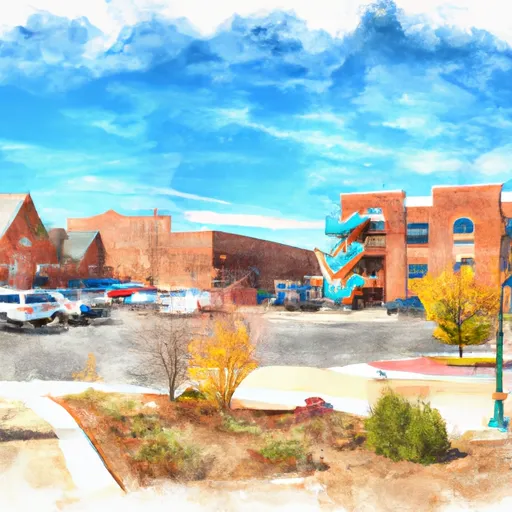°F
°F
mph
Windspeed
%
Humidity











Bellevue, Colorado is a small town located in the foothills of the Rocky Mountains just outside of Fort Collins. The climate in Bellevue is characterized by hot summers and cold winters, with an average annual temperature of 46°F. The area receives an average of 15 inches of precipitation per year, with the majority falling as snow in the winter months.
Bellevue is located near the Poudre River, which provides a source of fresh water for the town and surrounding areas. The river is popular for kayaking and fishing. There are also numerous hiking and mountain biking trails in the area, including the Horsetooth Mountain Open Space which offers stunning views of the surrounding mountains and reservoirs. Overall, Bellevue is a great location for outdoor enthusiasts who enjoy a mix of mountain and river activities.
Weather Forecast
Bellvue receives approximately 375mm of rain per year, with humidity levels near 68% and air temperatures averaging around 5°C. Bellvue has a plant hardyness factor of 5, meaning plants and agriculture in this region thrive during a short period during spring and early summer. Most plants will die off during the colder winter months.
Regional Streamflow Levels
3
Cubic Feet Per Second
20
Cubic Feet Per Second
3
Cubic Feet Per Second
5
Cubic Feet Per Second
Nearby Camping
| Camping Area | Reservations | Toilets | Showers |
|---|---|---|---|
| Idlewild | |||
| Buckingham | |||
| Camp Dick | |||
| Rainbow Lakes | |||
| Arapaho Bay | |||
| Pawnee |



